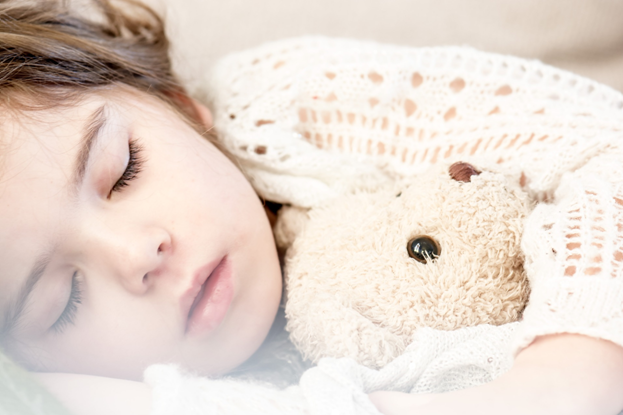Your bag is empty
Already have an account? Log in to check out faster.
Already have an account? Log in to check out faster.


You want your spectrum child to enjoy the same comforts as other children. However, the bedroom is one place you should not try to emulate the norm. Kids with autism need a clean, organized, and comfortable space designed around their unique needs.
Bright colors, busy murals, and posters of your children’s favorite superheroes are tempting to add to their bedroom decor. But before you do, consider that these items may be overstimulating when it’s time to relax. Stick with soothing paint colors such as gray, light blue, and beige. Pay attention to lighting, as using the wrong type of intensity can cause your child undue stress at night. Lighting experts from Eaton, a national commercial lighting solutions developer, say that customized and controllable light is best for those considered neuroatypical.
Sleep is essential for all children, perhaps more so for those on the spectrum as it is a time when the brain processes and purges information from the day. When sleep is difficult to master, discuss with your child what’s keeping them up at night. It could be they’re getting too hot, too cold, or don’t feel secure and comfortable enough to relax. If their mattress is more than a few years old, it could be made from materials that don’t allow the body to cool or retain heat properly for eight to 10 hours. MatressAdvisor explains that new technology in memory foam mattresses, which hug the body and eliminate excessive bounce when moving around at night, are available with special foams and gel layers that can help keep your child comfortable.
In addition to your child’s mattress, pay attention to the type of covers they use. Lorna Jean King, Autism.com contributor and founder of the Children’s Center for Neurodevelopmental Studies, recommends a mummy-style sleeping bag. This style of sleeping bag is designed to fit around the body more smugly than a traditional sleep sack and may provide your child a sense of security. A sound machine to drown out exterior noise is helpful.

What works for one child on the spectrum won’t necessarily work for another. You must consider the individual when designing a bedroom for a child with autism. Start with a minimalist approach and then cater their bedroom to their likes and needs. Most children do best when their room is segmented with a space designated for sleep and one for play. Your child will also need a space where they can relax, decompress, and get away from visual and auditory interruptions that can jumble up their thoughts. A hanging swing chair placed in the corner of their bedroom is a great option. Choose a chair that is enveloped in material to provide a “cocoon.” Keep it far enough from the wall that your child can move freely.
Sleep disturbances are a key characteristic of autism, with more than half of children and adults on the spectrum experiencing issues getting or staying asleep. The exact cause for this remains unknown. Some researchers speculate that it is due to a disruption in the body’s ability to produce melatonin, a hormone that promotes restful sleep. What is known, however, is that a lack of sleep has a direct and dire impact on mood, behavior, and cognition. With this in mind, remain patient, calm, and accepting as you find a sleep solution that works for the long-term.
Changing your child’s bedroom may not eliminate their sleepy-time struggles. It’s a good start, however, and one that can help you discover ways your child self-soothes. Remember that comfort, color, calm, and compassion are the keys to a good night's sleep.
Image via Pixabay and Unsplash.
Article by: Maria Cannon